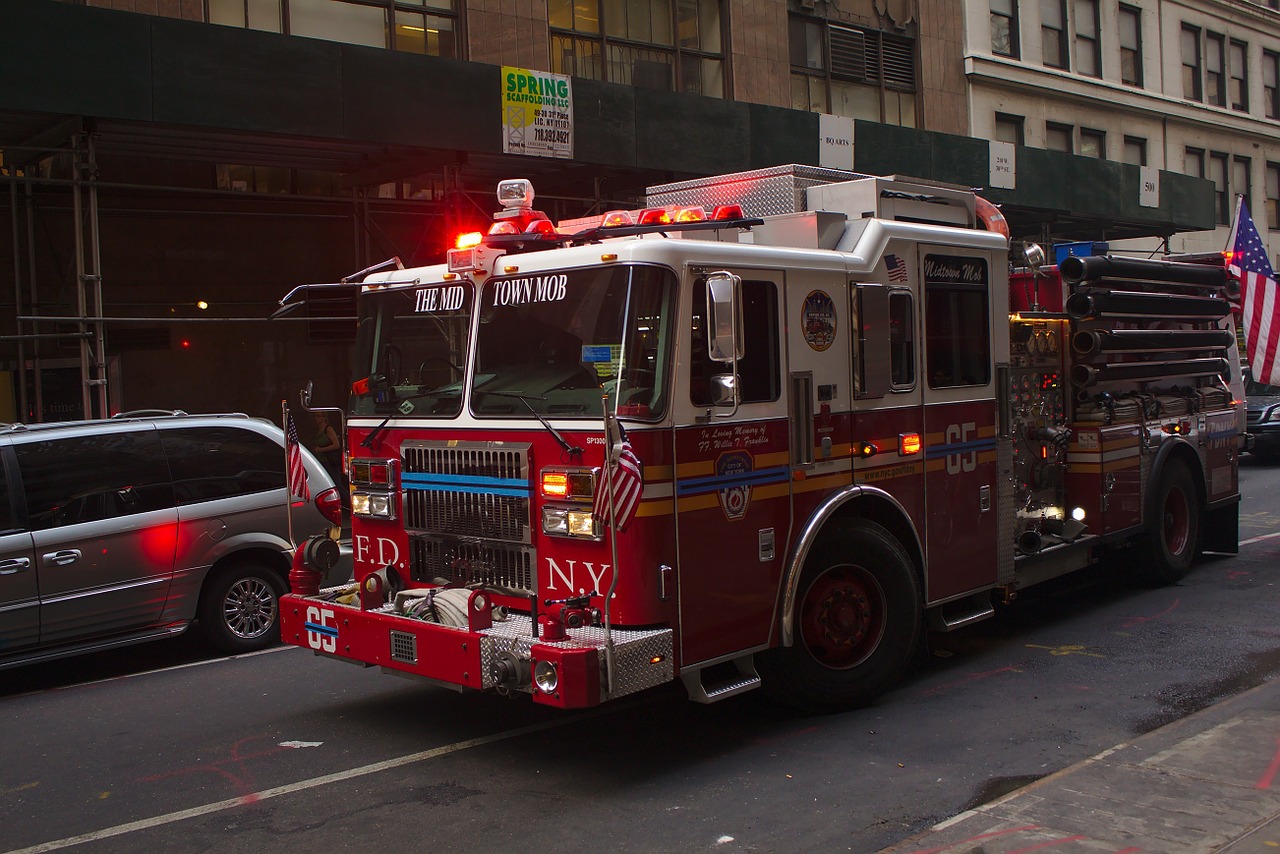
When must I pull over for emergency vehicles?
Encountering an emergency vehicle with lights flashing can be nerve-rattling even for experienced drivers, especially when on an unfamiliar road. Remember the rhyme, “Move right for sirens and lights.” Here’s the safe way to do it in three common situations:
- You’re stopped at a red light on a two-way road with a center turn lane. When you see the flashing lights, inch as far as you can to the right. Don’t swing into the center turn lane trying to get out of the way.
- You’re on a multilane one-way street in the left lane. Even though it may seem counterintuitive, don’t go to the left shoulder. Instead, try to move as far to the right as you can and stop if it’s safe to do so.
- You’re on a divided highway and the emergency vehicle is approaching from the opposite direction. In this case, continue on without stopping.
The only time you want to pull left for emergency vehicles is when they’re stopped on the shoulder of the road with lights flashing. In that case, the Move Over law applies, which protects emergency workers like police officers, tow-truck drivers, and EMTs. If it’s safe to do so, move into the adjacent lane. If that’s not possible (oncoming traffic or no space to merge), slow down. Washington law requires you to change lanes or slow down 200 feet before passing the stopped emergency vehicle.
In a related question, drivers sometimes ask us if it’s OK to hop into the HOV lanes when traffic is backed up because lanes ahead are blocked by an accident. The answer is no, unless you’re directed to by a police or traffic-control officer at the scene or an official public service announcement. That may be made, for example, via a highway reader board, local media traffic reports, or online or social media alert.
(Source: https://pemco.com/northwest/perspective/2018-january/emergency-vehicles)